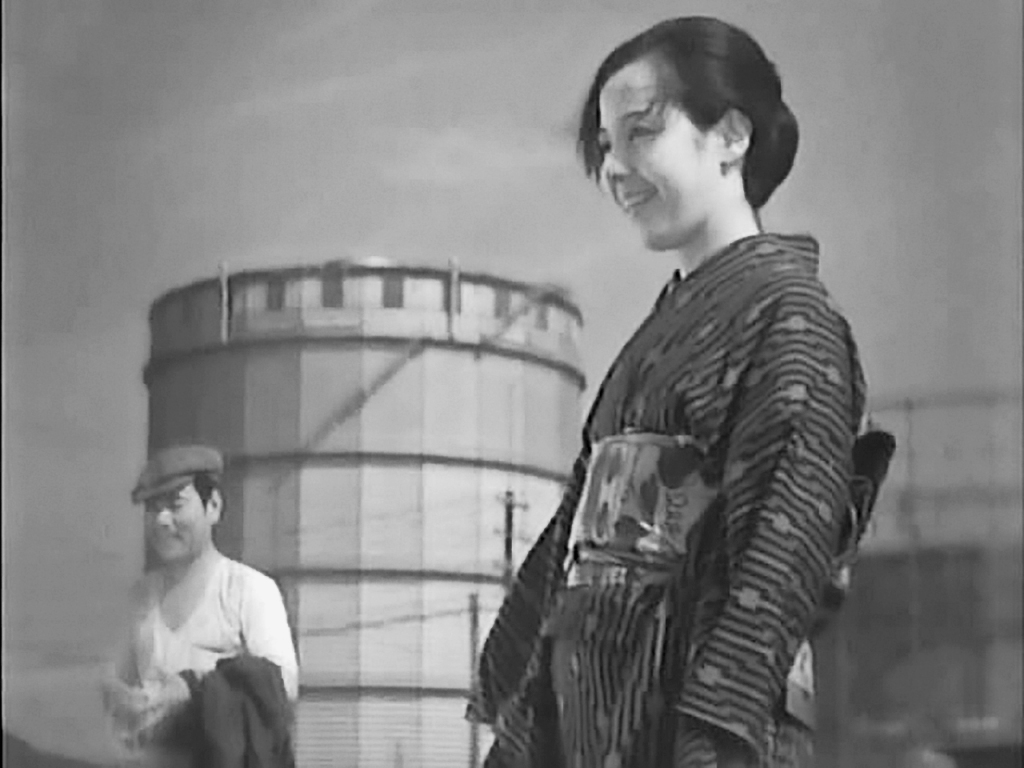 Actor Lawrence Talbot (Lon Chaney Jr) returns home to his family estate after almost two decades in America. When a gypsy festival comes to town he sees it as an excuse to woo local woman Gwen Conlyfe (Evelyn Ankers), but a late night encounter with a wolf in the woods sees Talbot injured before he beats it violently to death. The following morning a local gypsy (Bela Lugosi) is found dead in the woods, with Talbot the immediate suspect.
Actor Lawrence Talbot (Lon Chaney Jr) returns home to his family estate after almost two decades in America. When a gypsy festival comes to town he sees it as an excuse to woo local woman Gwen Conlyfe (Evelyn Ankers), but a late night encounter with a wolf in the woods sees Talbot injured before he beats it violently to death. The following morning a local gypsy (Bela Lugosi) is found dead in the woods, with Talbot the immediate suspect.
The Wolf Man, released all the way back in 1941 and directed by George Waggner, is a hugely influential film. It was not Hollywood’s first mainstream werewolf movie – that would be Werewolf of London from six years earlier – but it and its sequels went a long way to establishing the widely accepted lore of how werewolves develop and how they are killed in society’s popular memory. You can see its influence in the likes of An American Werewolf in London and The Howling (both 1981).
The huge shadow that The Wolf Man casts over Hollywood horror cinema actually causes it quite a few problems in the 21st century. We know its surprises now. We are overly familiar with its story and its tropes. Back in 1941 it probably carried quite a lot of suspense. In 2017 we sort of drum our fingers waiting for the inevitable. Appreciating the film within its historical context allows one to admire The Wolf Man, but I am not altogether certain how entertaining it is any more. It is worth watching to see the origin of all of those werewolf movie traditions, but as a horror picture in its own right it has aged almost to the point of being a little tedious.
Lon Chaney may star as the titular Wolf Man, but he does not entirely convince. In many scenes he seems to have walked onto the soundstage from the wrong film. He is surrounded by some great actors, however notably Claude Rains as Talbot’s warm and caring father and Bela Lugosi in fine form as a gypsy whose actions curse the younger Talbot to become the wolf. Evelyn Ankers also delivers a fairly strong and engaging performance. Together they have the unfortunate result of throwing Chaney’s less accomplished performance into sharp relief.
The film boasts some exceptional prosthetic make-up for the early 1940s, although it never stops to explain why a gypsy transformed into a werewolf simply appears to be a wolf, whereas when Talbot transforms it is still into a humanoid figure – albeit a hairy, fanged one. To its credit the film does not pull its punches when somebody transforms: it is a movie with a body count, and a quite tragic inevitability about what has befallen its characters.
Tragedy really is the key word here. The Wolf Man may be grouped with Universal’s famous monster movies, but in this film film at least it does not feel outrageously horrific. Instead it is simply sad: a man cursed to become a beast, people irrevocably destined to die at his hands, a trusting father led to the most heartbreaking realisation. There is plenty of appreciate and value in The Wolf Man, it simply creaks rather a lot as it goes.





Leave a comment